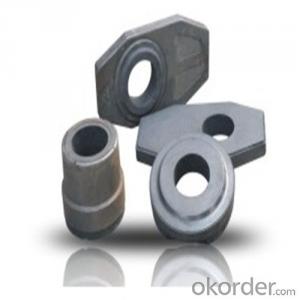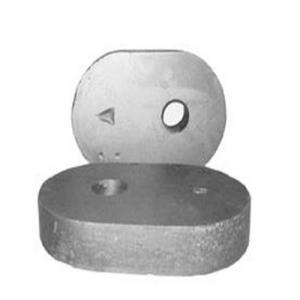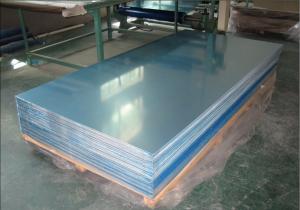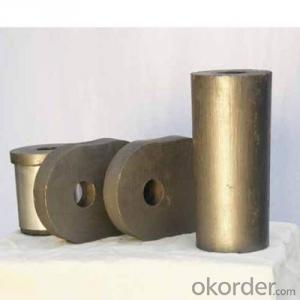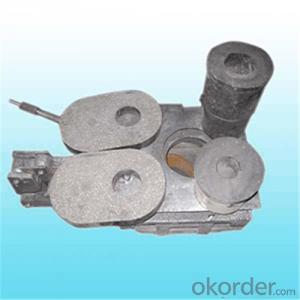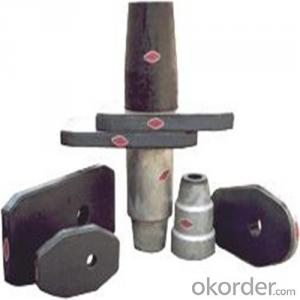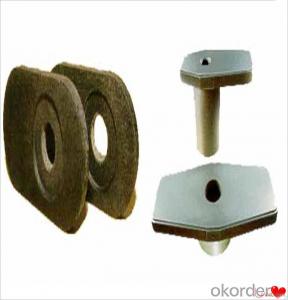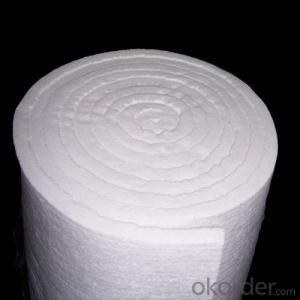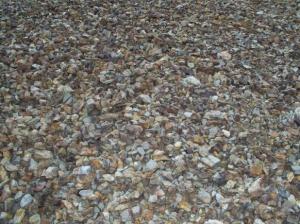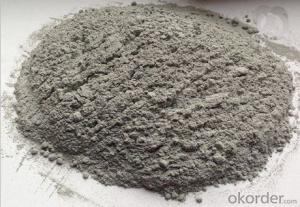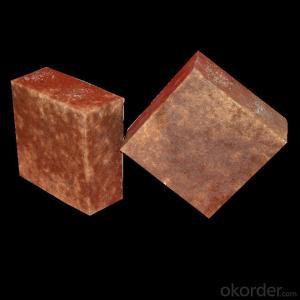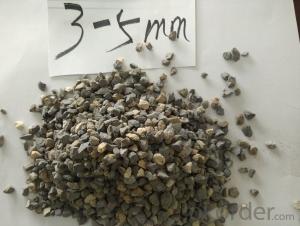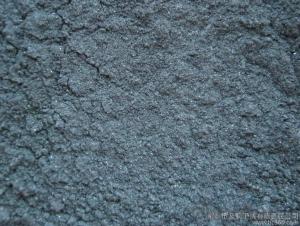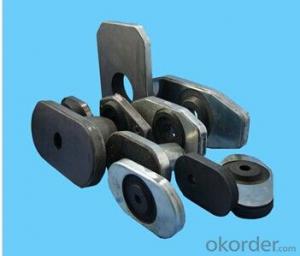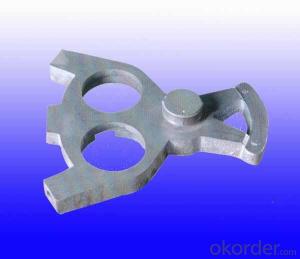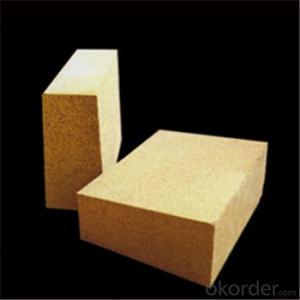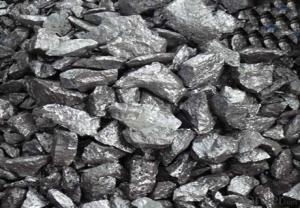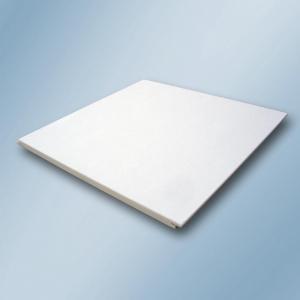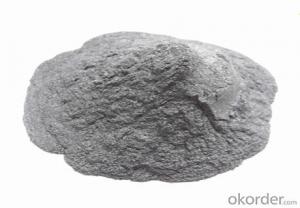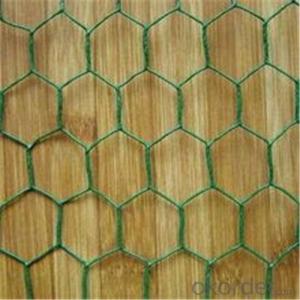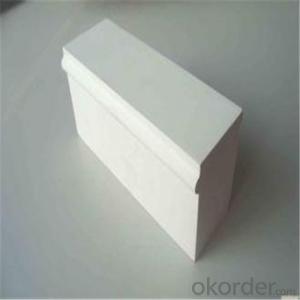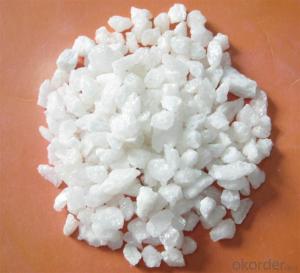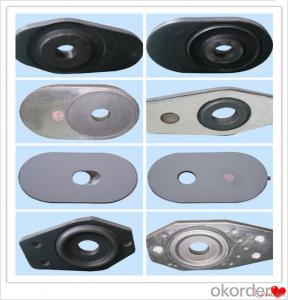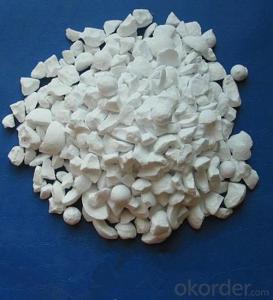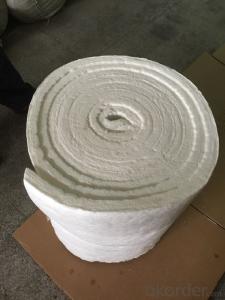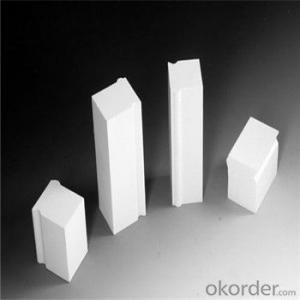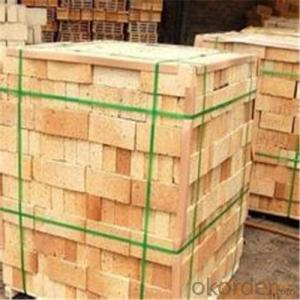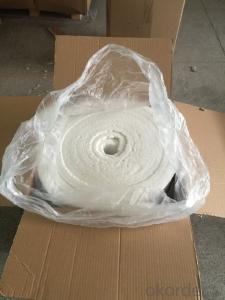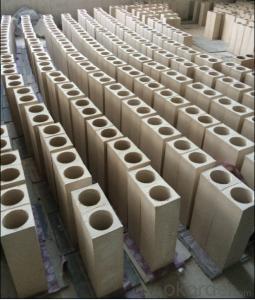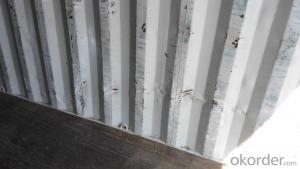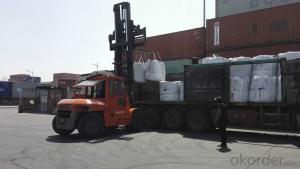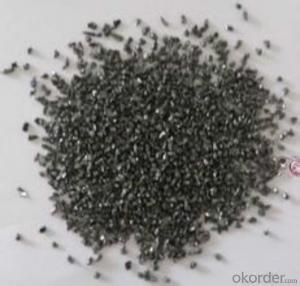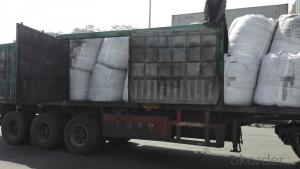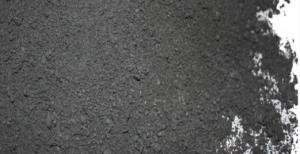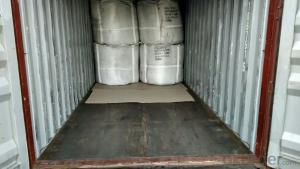Ladle Refractory Materials
Ladle Refractory Materials Related Searches
24 X 50 Aluminum Trim Coil Last Day On Earth Aluminum Plate An Aluminum Plate E 74 Gpa My Time At Portia Aluminum Plate Rzr Xp 1000 Aluminum Skid Plate Aluminum Battery Stock Aluminum Fence Extensions Aluminum Electrical Wiring aluminum extrusion process flow chart Remington 700 Aluminum StockHot Searches
Physiotherapy Equipment Supplier In Malaysia Medical Equipment Suppliers In Kenya 1/2 Inch Aluminum Plate Near Me 1/4 Inch Aluminum Plate Near Me Roofing Materials Price List Electrical Equipment Price List Aluminum Deck Plate Products Aluminum Foil Products Aluminum Tube Stock Near Me Aluminum Square Stock Near Me Aluminum Angle Stock Near Me Aluminum Flat Stock Near Me Century Aluminum Company Stock Us Aluminum Companies Stock Aluminum Stock Near Me Home Cleaning Products Online House Cleaning Products Manufacturers House Cleaning Products Online Hotel Furniture Suppliers Wholesalers Wholesale Sound EquipmentLadle Refractory Materials Supplier & Manufacturer from China
Okorder.com is a professional Ladle Refractory Materials supplier & manufacturer, offers integrated one-stop services including real-time quoting and online cargo tracking. We are funded by CNBM Group, a Fortune 500 enterprise and the largest Ladle Refractory Materials firm in China.Hot Products
FAQ
- What raw materials to produce charcoal
- Activated carbon: activated carbon can be said to be deep processing of charcoal is mainly produced in southern China, Fujian and Zhejiang area, he is to use charcoal, zinc chloride, phosphoric acid, potassium hydroxide and dolomite, chemical activation, rinsing, drying and grinding processing, the production process of water pollution is serious, production is restricted by the state.Mechanism of carbon: sawdust as raw material, the process is mainly the sawdust by machine high temperature, high pressure molding, and then into the carbonization furnace carbonization. The whole production process does not need to add any additives, belong to the category of environmental protection products. In the market, the main hexagon center is empty and there are two shapes in the center of the square. The mechanism of carbon as a traditional charcoal (traditional charcoal: trees as raw material, sintering, is a kind of destruction of resources industry has now been forbidden by the state) alternative products, it has high calorific value, burning a long time, do not smoke, do not send explosion, environmental protection and many other advantages.
- Activated carbon shelf life
- In fact, in the strict sense, there is nothing too strict shelf life at all, because the evaluation means, there is no standard.General activated carbon used in 3 months -1 years, did not open the seal, probably about 2 years or can be effective
- How to make charcoal war of survival
- The trees cut into sections, lit in a kiln, burning to a certain extent, closed air into the kiln, waste heat to heat water and carbonization of wood, wood tar is leavened, carbonization of wood charcoal as.
- Soft, hard charcoal, what is the difference? Which is more suitable for painting head?Which brand is better?There are charcoal and carbon. What is the difference?
- The rich tone changes, so the traditional gypsum sketch, with charcoal as a learning tool. ...Of course, more than one carbon charcoal difficult ~ than charcoal is more easy to color darker.There is a charcoal charcoal. Charcoal core more soft. But the texture is very good. Just don't keep you touch it.
- What are the uses of coal?
- 5) living with coal: the number of living coal is also large, accounting for about 20% of fuel coal.6 metallurgical power coal: Metallurgical power coal is mainly used for sintering and blast furnace coal injection, the amount of less than 1% of the coal used for power.
- What is the difference between raw coal and standard coal?Data to see the "two energy production capacity of 23 million 450 thousand tons of standard coal", why do you say so? Standard coal does not belong to the two energy! Is not converted into standard coal?
- 1 tons of crude oil = 1.43 tons of standard coal1000 cubic meters of natural gas = 1.33 tons of standard coal1 tons of raw coal = 0.714 tons of standard coal3 of the energy converted to standard coal coefficient = some actual calorific value energy (kcal / kg) /7000 (kcal / kg) before the various energy conversion standard of coal, the actual average calorific value of the first direct estimates of various energy sources, and then converted to standard coal. The average calorific value, also known as the average calorific value, refers to the weighted average value of the measured calorific value of the energy of different species or varieties.
- We want to barbecue, but will not give birth to charcoal, tossing more than an hour did not point, please help my brother and sister, thank you ~!
- Ignite combustible.On the first layer of carbon and two carbon.
- Effect of carbon on steel
- Therefore, the carbon in the steel, the higher the carbon content, the strength and hardness of the steel is higher, but the plasticity and toughness will be reduced; on the contrary, the lower carbon content of steel, the ductility and toughness of high strength and hardness will be reduced.Therefore, the carbon content determines the use of steel: low carbon steel (carbon content < 0.25%), commonly used as extrusion and stamping materials; carbon steel (carbon content < 0.6%), commonly used as mechanical parts; high carbon steel (carbon content > 0.7%), commonly used tools, tool and mould etc..
